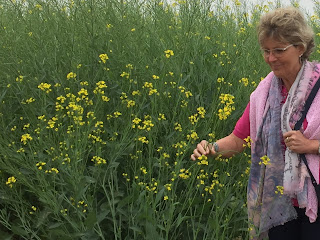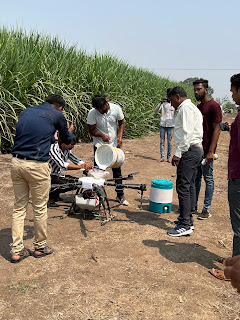Will the GM mustard hit the right chord in the farmers?

28 October 2022 Photo: Mustard crop at ICAR-DRMR Bharatpur Genetically modified [GM] mustard was developed about two decades ago to exploit its heterosis vigour potential by Prof Deepak Pental and his associates, as conventional methods of hybrid development are tedious, time consuming and imprecise. Just few days back, Australia approved this technology for commercialization. It is now approved by the Government of India vide the minutes of GEAC’s 147 th meeting held on 18.10. 2022. This GM technology involves expression of a barnase gene derived from the soil microbe that causes male sterility in the flowers. In order to maintain the same genotype, barstar gene restores its fertility, thus perpetuating an elite female flower bearing parent. When GM plants with only female flowers are grown side by side with non-GM plants bearing flowers with both male as well as female parts, these are fertilised with pollens of plants with normal flowers with the
